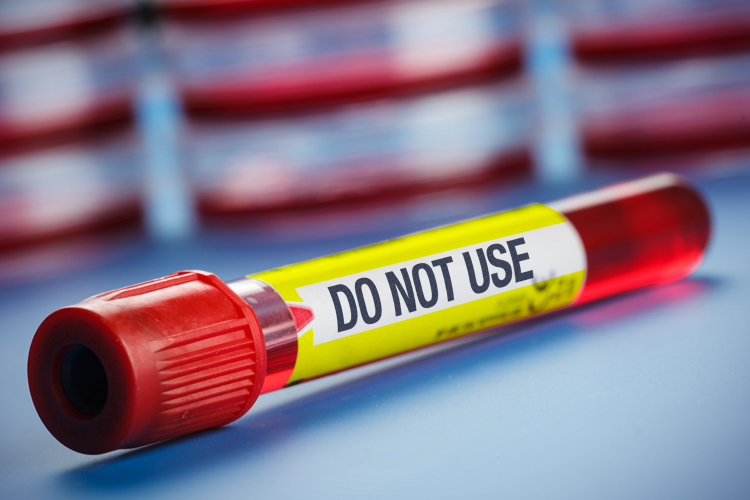In the fight for LGBT equality, the Food and Drug Administration’s lifetime ban on gay men donating blood, which the agency is currently considering doing away with, ranks low on the list of priorities.
No one’s crying in their coffee because they can’t give blood. For donors, the only benefit is the sense of self-satisfaction that comes from doing something good (and maybe the free cookie some places give out at the end). You could just as easily do volunteer work.
The problem isn’t that without gay blood, the banks run dry, either. Lifting the ban would no doubt help prevent the country’s periodic shortages — according to the Williams Institute, a think tank that studies policies affecting LGBT people, allowing gay men to donate blood would increase the supply by 2 to 4 percent — but the Red Cross is usually able to stock up again by sounding the alarm. The argument that lifting the ban will save lives is largely specious.
The importance of lifting the gay blood ban is symbolic. Critics argue that advancements in HIV testing and screening since the ban was imposed in 1983 have made it medically unnecessary, which means it only serves to stigmatize gay men.
That view is too simplistic, but the benefit of the ban is so minuscule it makes the FDA look ridiculous in keeping it and naturally raises the question of whether the agency’s motivation is something other than scientific reasoning.
Instituted at the start of the AIDS crisis, the ban was intended to protect the blood supply. At the time, medical professionals knew little about the mysterious virus other than it affected large numbers of gay men and intravenous drug users and was transmitted through blood and other body fluids. In the absence of an effective test for the virus, which only became available in 1987, removing high-risk groups from the donor pool was the most effective way of protecting the recipients of blood products from infection.
Despite prevention efforts in the last 30 years, gay men still account for the lion’s share of HIV infections: we make up about 2 percent of the population, but represent more than 60 percent of new HIV infections, according to the Centers for Disease Control. In small part, this is because gay men tend to have more sexual partners than straight people.
But it’s mostly due to the fact that HIV is a lot easier to catch through anal intercourse than vaginal or oral sex. That’s not because it damages the rectum (if it does, you’re doing it wrong) or — a frequent talking point from homophobes — because it’s “unnatural.” In fact, certain sexually transmitted diseases (Trichomoniasis, for instance) are spread through vaginal intercourse but not through anal or oral intercourse. The fact that gay men catch HIV in disproportionate numbers is an accident of biology: the majority of the body’s immune cells — the targets of the virus — are found in the lining of the digestive tract, including the rectum, whereas these susceptible cells are less numerous in the mucus membranes of the mouth or vagina.
Even after the advent of HIV testing, barring gay men from giving blood still made sense. Early screening for HIV could only detect antibodies in the blood after several months. During this “window period,” someone could donate blood that tested negative but was nonetheless infectious. In an abundance of caution, the FDA sought to further reduce the likelihood of infected blood slipping into the supply by continuing to rule out high-risk groups like gay men.
But the policy has become harder to justify as HIV tests have become more accurate — able to more quickly detect the virus in a newly infected person. Our best tests today are able to detect infection after about 10 days, which greatly reduces the likelihood of someone slipping through the cracks.
The risk is now so small that major medical organizations like the Red Cross and the American Medical Association have called for the ban to be lifted. They’ve determined that the costs of the ban — donors the FDA misses out on, the perceived stigma against gay men — far outweigh the benefits.
Yet experts testifying before the FDA earlier this month urged caution in lifting the ban. It seems most likely the agency will replace it with a policy that allows them to donate only if they have not had sex in the last year — which, in effect, is pretty much the same as keeping the ban in place.
To see how silly this level of caution is, you need to look at the actual odds. Currently, the chance of being infected with HIV via a blood transfusion is one in 1.5 million. Let’s be very pessimistic and say if the ban is lifted, the chance doubles. That’s approximately the same chance of being struck by lightning, which no one would say justifies a ban on going outside.

